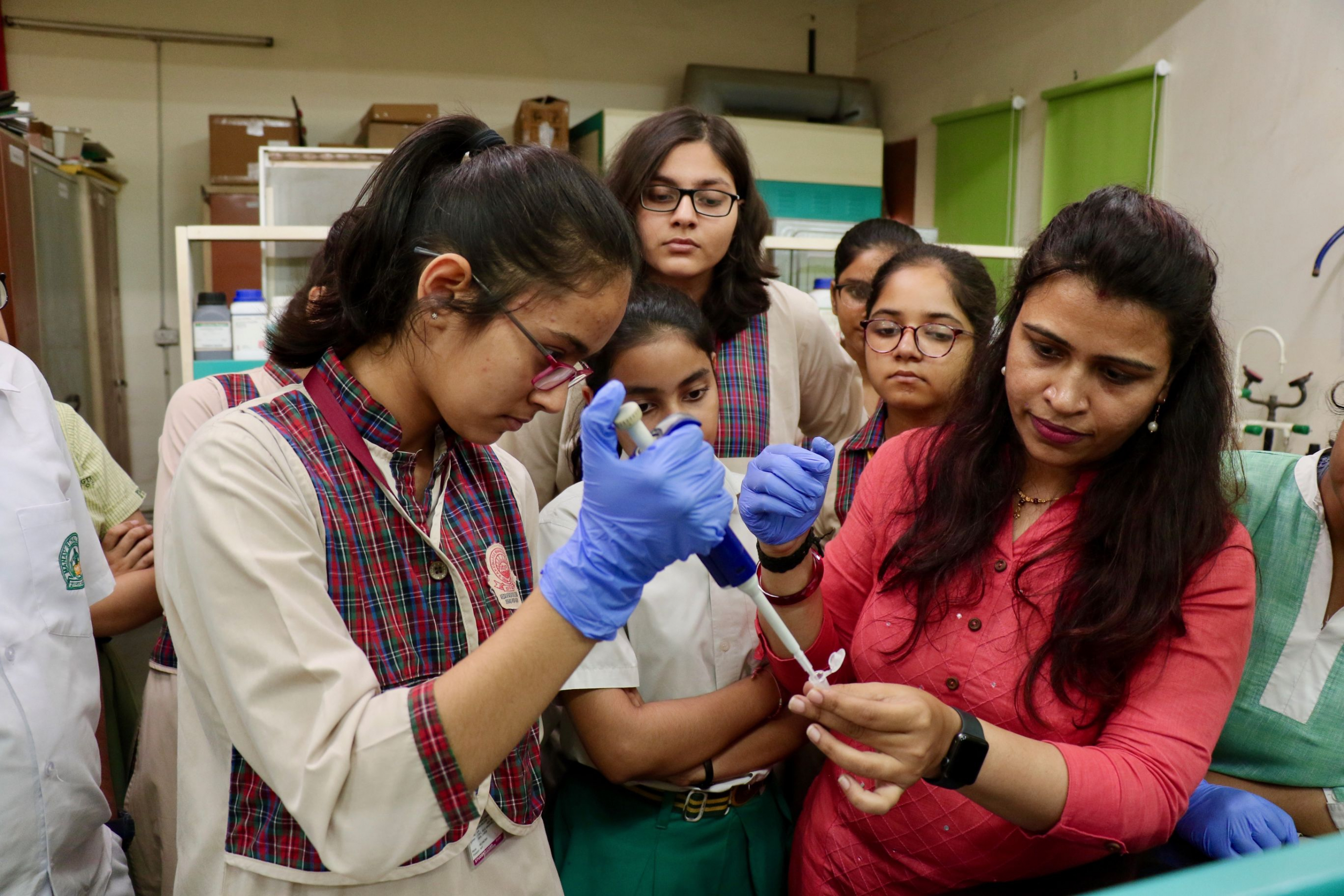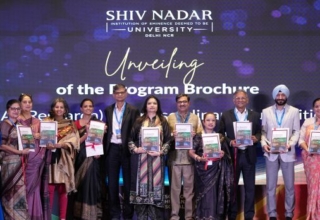

On September 21, the union ministry of human resources development (HRD) used the specially convened Central Advisory Board of Education (CABE) committee meeting on draft NEP, to release the statistical report of All India Survey on Higher Education (AISHE) 2018-19 as well. The scheme of Higher Education Statistics and Public Information System (HESPIS) under which the survey is being conducted has also been extended for continuation upto 2019-20 by the Standing Finance Committee (SFC) with an out lay of Rs. 64.09 crore.
AISHE was initiated in 2011 during the 12th plan on annual basis with the objective of providing a comprehensive data for evidence-based policy making and effective planning in higher education. And with the new national policy on education already in its final phase of formulation, the latest statistics offer important insights in light of some far reaching reforms suggested in the draft NEP. One of the lofty proposals of draft NEP has been making all HEIs become multidisciplinary research universities, teaching universities or colleges besides achieving a gross enrolment ratio (GER) of 50 per cent by 2035.
As per the statistical shot of newly released AISHE, Gross Enrolment Ratio (GER) in Higher education in India is 26.3% (slightly up from 25.8 in 2017-18). Also, the latest data revels that India has 993 universities of which 16 universities are exclusively for women and 385 privately managed. Further, this number includes one central Open University, 14 state open universities and 1 state private Open University. There are 110 dual mode universities, which offer education through distance mode. There are 548 general, 142 technical, 63 agriculture & allied, 58 medical, 23 law, 13 Sanskrit and 9 language universities and rest 106 universities are of other categories.
The number of colleges in the country is 39931. Bangalore Urban district tops in terms of number of colleges with 880 colleges followed by Jaipur with 566 colleges. Top 50 districts have about 32.2% of colleges. College density or the number of colleges per lakh eligible population (population in the age-group 18-23 years) varies from 7 in Bihar to 53 in Karnataka as compared to All India average of 28. More than half, that is, 60.53% colleges are located in rural area. 11.04% colleges are exclusively for female. There are more than 78.0% colleges running in Private sector; aided and unaided taken together, but it caters to only 66.4% of the total enrolment.
The number of standalone institutions is 10725 and this includes seven categories of colleges/institutions such as Polytechnics recognized by AICTE/State Directorate of Technical Education, Post Graduate Diploma in Management recognized by AICTE, teaching training institutes like DIETs, nursing institutes recognized by Indian Nursing Council/State Nursing Council, institutes directly under the control of various central ministries, paramedical institutes as recognized by Paramedical Council and hotel management & catering institute recognized by National Council for Hotel Management & Catering Technology.
In terms of enrolment, the total enrolment has been estimated to be 37.4 million with 19.2 million male and 18.2 million female. About 79.8% of the students are enrolled in Undergraduate level programme. A meager, 0.5% of the total student enrolment or 1,69,170 students are enrolled in Ph.D. Distance enrolment constitutes about 10.62% of the total enrolment in higher education mostly in undergraduate level programme.
In undergraduate category, Arts/ Humanities/Social Sciences courses (B.A.) stream continues to have maximum numbers of students followed by B.Sc. and B.Com. programmes. Actually, 10 Programmes out of approximately 187 cover 80.3% of the total students enrolled in higher education. At Post Graduate level maximum students are enrolled in Social Science stream and Management comes at number two. At Ph.D. level, maximum number of students is enrolled in Science stream followed by Engineering and Technology.
Pupil Teacher Ratio (PTR) in Universities and Colleges is 29 if regular mode enrolment is considered whereas PTR for Universities and its Constituent Units is 18 for regular mode. The total number of teachers are 14,16,299, out of which about 57.8% are male teachers and 42.2% are female teachers.
Very interestingly, the total number of foreign students enrolled in higher education is 47,427. These come from as many as 164 different countries from across the globe. Nepal (26.8%) , Afghanistan (9.8%), Bangladesh (4.38%), Sudan (4.02%), Bhutan 3.82%) Nigeria and (3.4%) contribute highest in this pool.
It is pertinent to mention here that only 962 Universities, 38179 Colleges and 9190 Stand Alone Institutions have responded during the survey and data has been pooled from previous years for others. The survey was launched on 3rd December, 2018. Data uploading on specially designed Data Capture Formats (DCFs) voluntarily without use of paper continued till 10th May, 2019. Data was collected on several parameters such as teachers, student enrolment, programmes, examination results, education finance, infrastructure etc. Indicators of educational development such as Institution Density, Gross Enrolment Ratio, Pupil Teacher Ratio, Gender Parity Index etc. are calculated from the data collected through AISHE.
AISHE data has thrown open the challenges before policy makers of higher education and this critical data isn’t very simple. We still have youth in higher education more for sake of degree than becoming employable and skilled. So, the final policy makers must take a close look at this timely and important statistics before announcing the new policy because unemployment is the greatest crisis before any society.
As many people have pointed towards implementational challenges of proposed recommendations in the draft NEP, experts are of the view that policies are mostly a façade and a statement of intent for public consumption than strictly a blue book, so people will get enough opportunity to sail with transitional environment.
According to Prof Furqan Qamar, former general secretary of AIU, who is now back to teaching at Jamia Millia Islamia , there will be consolidation of higher education institutions within the country and the number may come down to 12-15000 due to restructuring as proposed in the draft NEP and interdisciplinary requirements. “The existential challenge for many stand alone institutions will remain as the future requirements will force lot of realignment,” he said at a recent seminar in Delhi.
So, the eventual new national policy on education, which may be announced before the year end, will be keenly awaited for any structural reforms in higher education. The debate hasn’t concluded as yet. Keep tuned in!










